Search Images
Browse Content (p. 408)
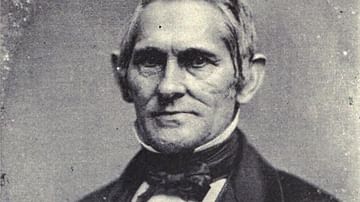
Image
Reverend Hiram Bingham
Daguerreotype of American missionary, Reverend Hiram Bingham I (1789–1869) - 1852. Bingham spent over twenty years in Hawaii.

Image
Alekoko Menehune Fishpond
Alekoko "Menehune" fishpond is a 102-acre (41.2 hectares) construction located along a bend of the Hule’ia River on the island of Kaua’i, Hawaii. The building of the fishpond is attributed to the mythical Menehune.
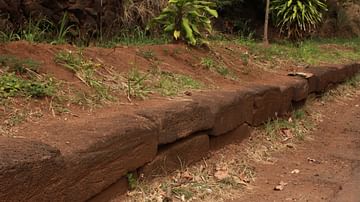
Image
Kīkīaola Facing Stones
Facing stones in the Kīkīaola irrigation ditch, which is also known as the Menehune Ditch in Waimea, Kauai, Hawaii. Construction of the ditch is attributed to the Menehune - a mythical race of dimunitive Hawaiians.

Image
Kīkīaola
Kīkīaola - also known as the Menehune Ditch - is an irrigation channel ('auwai) on Kauai, Hawaii, said to have been built by the Menehune.
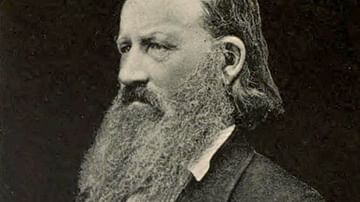
Image
Abraham Fornander
Swedish-born Hawaiian ethnologist and judge, Abraham Fornander (1812-1887). Photograph taken in c. 1878.

Image
Thomas Thrum
Thomas George Thrum (1842-1932), Australian author of the Thrum's Hawaiian Annual.
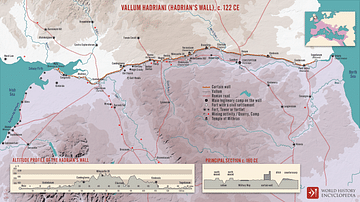
Image
Vallum Hadriani (Hadrian’s wall), c. 122 CE
A map illustrating the span, structure, and context of the 73 miles (118 km) Hadrian's Wall (also called the Vallum Aelii, Aelius being the family name of emperor Hadrian). Built by a force of more than 15,000 soldiers from the three Roman...
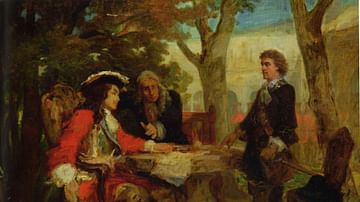
Image
Cavalier & de Villars
Meeting of Jean Cavalier, Camisard leader, and Claude Louis Hector de Villars, Marshal of France, in Nîmes on 16 May 1704, painting by Jules Salles, c. 1865.
Musée des Beaux-arts de Nîmes.

Image
François de Langlade, Abbot of Chaila
François de Langlade, abbot of Chaila (1647-1702), painting by an unknown artist, 17th century.
Musée Ignon-Fabre, Mende.
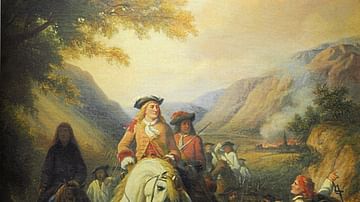
Image
Jean Cavalier
Jean Cavalier, Camisard leader, painting by Pierre-Antoine Labouchère, 1864.
Musée du Désert, France.